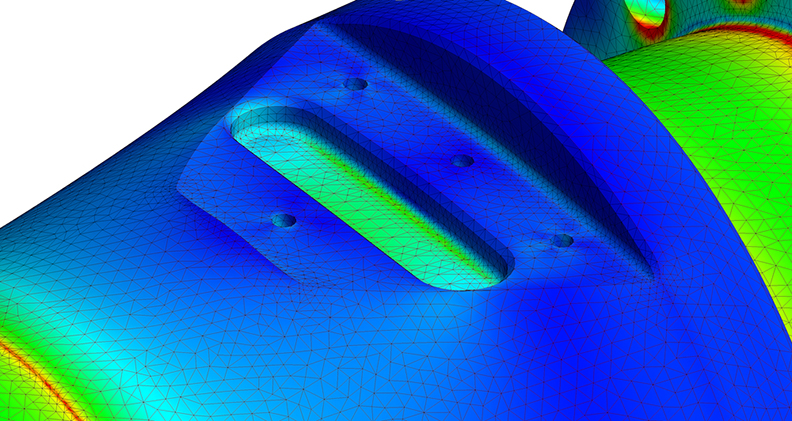
FDA has published a new report that highlights how the agency embraces modeling and simulation (M&S). Orthopedic companies can use the 29-page, “Successes and Opportunities in Modeling & Simulation for FDA,” to identify ways to incorporate M&S in their research, development and regulatory efforts.
Computation modeling and simulation are powerful tools that complement orthopedic companies’ traditional evidence-gathering methods. As modern tools have gained traction in medical devices, regulatory and standards bodies have issued guidance on their use. Notably, FDA published a draft guidance in December 2021 and ASME finalized a V&V40 standard in 2019. The latest report, compiled by FDA’s Modeling and Simulation Working Group (ModSimWG), gives greater insight into how the agency thinks about M&S.
For medical devices, computational modeling is primarily employed in the ideation stage to support premarket reviews and postmarket assessments like root-cause analysis and redesigns. The M&S tools are used alongside benchtop testing and animal or clinical studies. However, the report points out that initiatives are underway to extend M&S throughout the total product life cycle, including support of clinical and regulatory decisions.
“To realize these efforts, the credibility of computer model predictions must be established,” states the report. “Yet, open questions remain: ‘how much validation?’ and ‘how good is good enough?’ The lack of guidance for answering these questions has prohibited broader adoption of M&S in medical products.”
FDA notes that ASME V&V40 has been used in “scores” of medical device regulatory submissions, and the standard will help establish future agency-wide guidance around these tools.
Further, the report lists eight M&S opportunities for FDA:
1. Accelerate the use of modeling in the product development and premarket review stages
2. Identify gaps where M&S could play a meaningful and impactful role in FDA’s regulatory mission, but currently does not due to a lack of scientific expertise, personnel resources, regulatory guidelines or knowledge of M&S technological capability
3. Harness FDA partners and collaborators (e.g., CERSIs, NIH IMAG group, NSF IUCRC Program) to advance external M&S efforts
4. Strengthen internal networks for sharing resources and modeling techniques within FDA and host training sessions to enhance hands-on experience with these resources, techniques and relevant software platforms
5. Consideration of the establishment of Good Simulation Practice to foster harmonization across FDA, and where appropriate, across international regulatory bodies
6. Use M&S to enhance FDA’s submission process and workload prediction to aid research optimization and resource allocations
7. Harness integrated approaches that use multiple modeling disciplines and rely on data from multiple sources
8. Use interactive data visualization capabilities to improve engagement with stakeholders
M&S has been one of FDA’s regulatory science priorities for the last decade. The agency believes that the tools can provide companies with greater insight during the product development stage and streamline portions of the testing and regulatory decision-making processes. For orthopedic companies, the new report highlights the agency’s thoughts on the tools’ current state, future advancements and potential adoption.
CL
Carolyn LaWell is ORTHOWORLD's Chief Content Officer. She joined ORTHOWORLD in 2012 to oversee its editorial and industry education. She previously served in editor roles at B2B magazines and newspapers.




